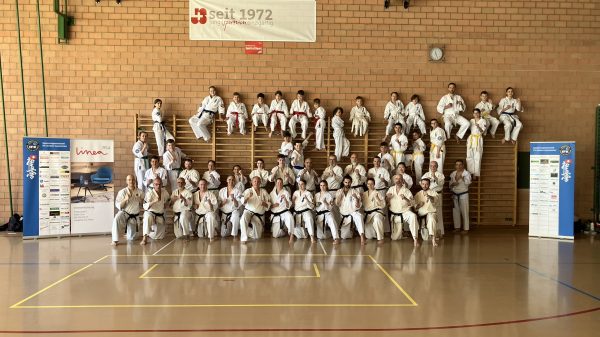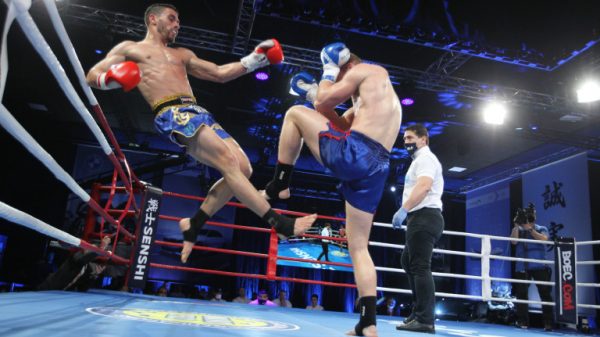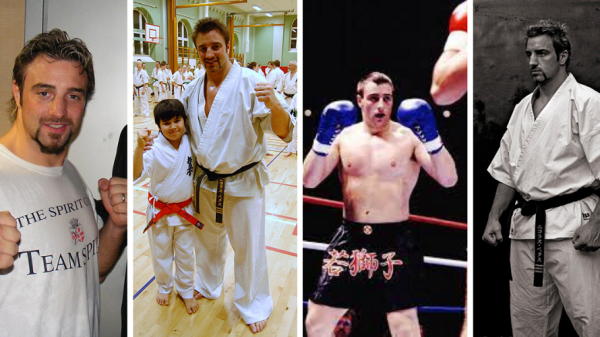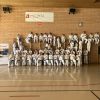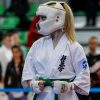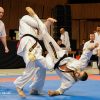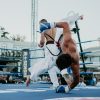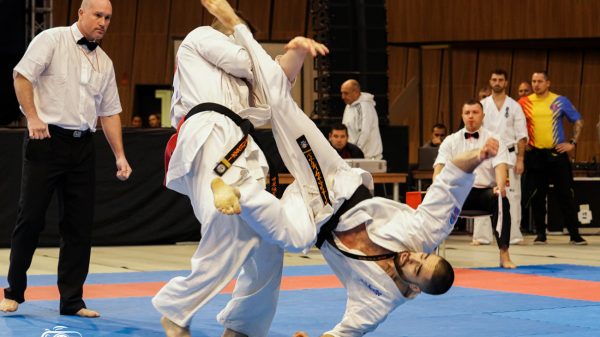In a world where martial arts come in various forms and disciplines, one stands out as the epitome of strength, discipline, and full-contact combat. Kyokushin Karate, often dubbed “The Strongest Karate,” is not just a martial art; it’s a way of life that instills invaluable life skills through the rigorous pursuit of mastering the art of full-contact fighting.
1. The Origins of Kyokushin Karate:
Kyokushin Karate was founded by the legendary Masutatsu Oyama in post-war Japan. Oyama’s vision was clear: to create a martial art that transcended mere fighting techniques and focused on developing the whole person. And he did just that. Kyokushin is characterized by its relentless full-contact sparring, making it one of the most formidable martial arts.
2. Full-Contact Sparring:
The cornerstone of Kyokushin Karate is full-contact sparring. Forget the choreographed fights you see in movies; this is as real as it gets. Practitioners engage in full-power, unscripted battles, and the lessons they learn are invaluable. It’s not just about mastering kicks and punches; it’s about conquering fear, pushing past pain, and rising to the challenge when it matters most.
3. Physical Conditioning:
Kyokushin Karate is not for the faint of heart. The physical conditioning involved in training is grueling. Students run, lift weights, and perform calisthenics to develop strength, endurance, and agility. This isn’t just about looking fit; it’s about being in peak physical condition to perform at your best during full-contact fights.
4. The Art of Striking:
Kyokushin Karate boasts an arsenal of powerful striking techniques. From bone-crushing punches to devastating kicks, practitioners hone their skills to perfection. It’s not just about hitting hard; it’s about hitting with precision and control, ensuring that every strike counts.
5. Kata:
Kata, the graceful and choreographed forms, are another facet of Kyokushin Karate. These movements aren’t just for show; they help refine techniques and exercises. Practitioners perform kata with precision, demonstrating their mastery of the art.
6. Mental Fortitude:
Full-contact fighting isn’t just about physical prowess; it’s about mental discipline. Kyokushin Karate teaches students to overcome fear, maintain focus, and exhibit self-control. These qualities extend beyond the dojo, helping individuals excel in all aspects of life.
7. Gradings and Belts:
Kyokushin Karate employs a ranking system, starting with colorful belts for under-belts and culminating in the revered black belt. Advancing through these ranks is a testament to a practitioner’s dedication, skill, and mastery of the art.
8. Tournaments and Competitions:
Kyokushin tournaments are renowned for their intensity. Fighters showcase their skills to judges and engage in controlled, demanding bouts. These competitions provide a platform to test and improve fighting abilities, making practitioners better martial artists and competitors.
9. Self-Defense and Real-World Application:
While Kyokushin Karate is synonymous with full-contact combat, the techniques learned are equally effective for self-defense in real-world scenarios. Practitioners gain the confidence and skills to protect themselves and others when it truly matters.
10. Respect and Etiquette:
Kyokushin Karate places a strong emphasis on respect for instructors, training partners, and the dojo itself. Bowing and adhering to established etiquette is not just a formality; it’s a symbol of respect for the art and its rich traditions.
In conclusion, Kyokushin Karate isn’t just about throwing punches and kicks. It’s a journey of self-discovery, self-mastery, and pushing the boundaries of what is physically and mentally possible. It’s about mastering the art of full-contact fighting and, in doing so, mastering the art of life itself. Kyokushin Karate is not for the faint-hearted, but for those willing to embrace the challenge, it can be a life-altering experience that forges unbreakable spirits and unparalleled strength.


